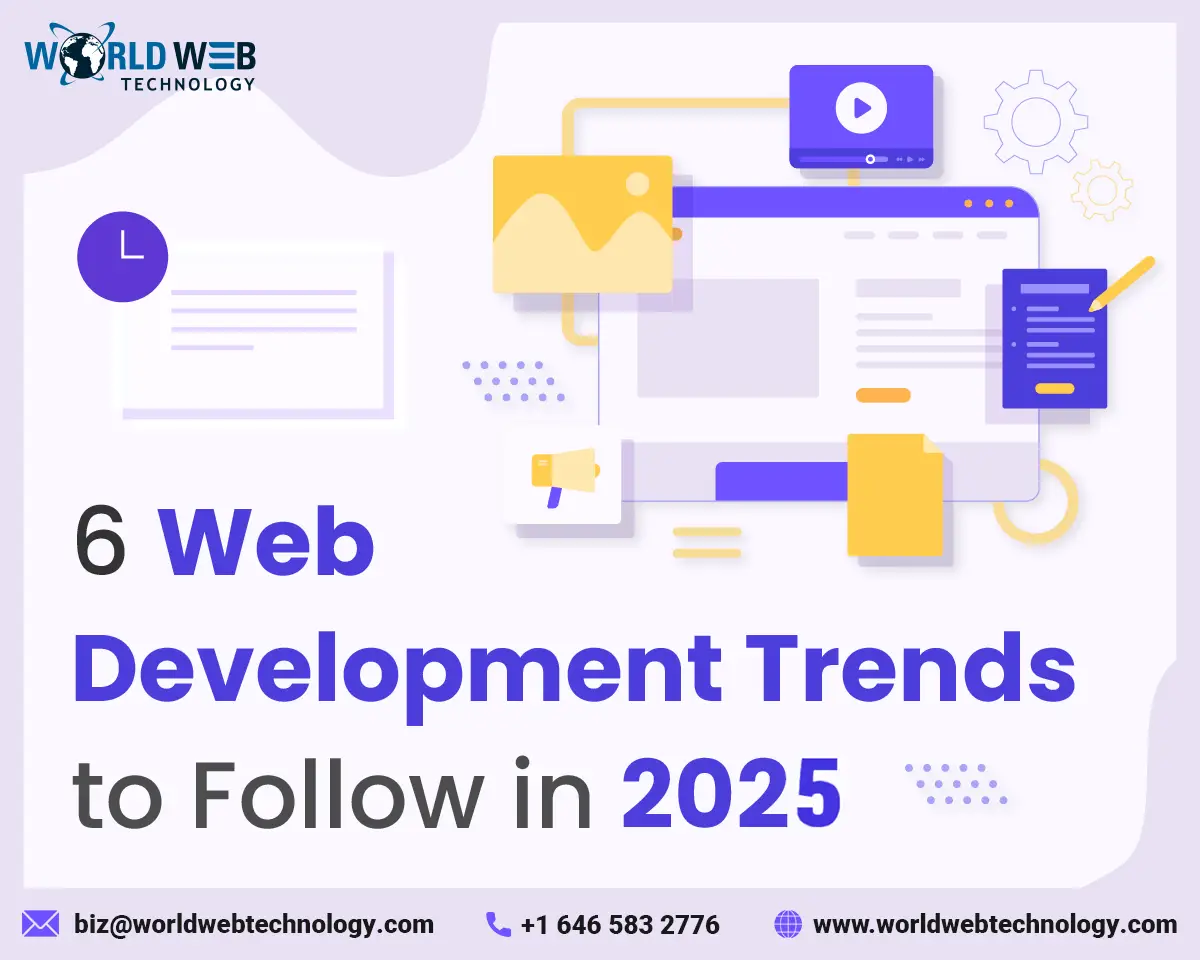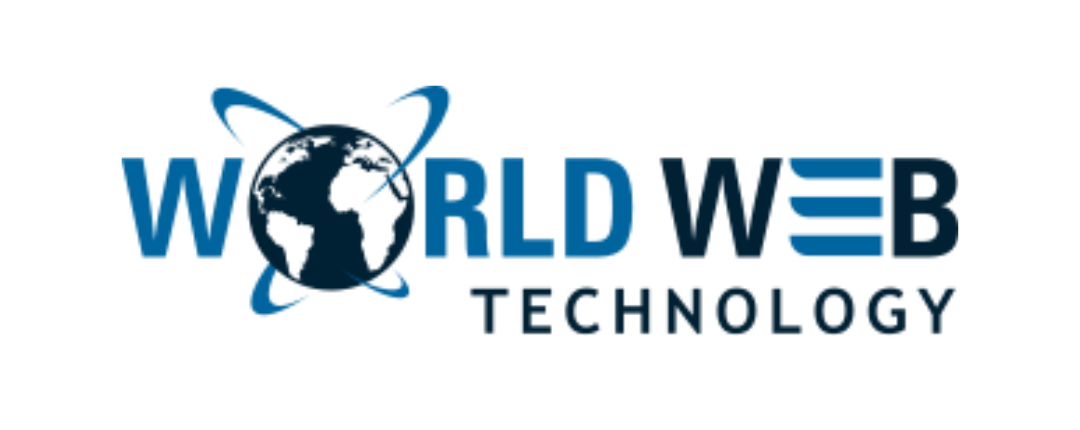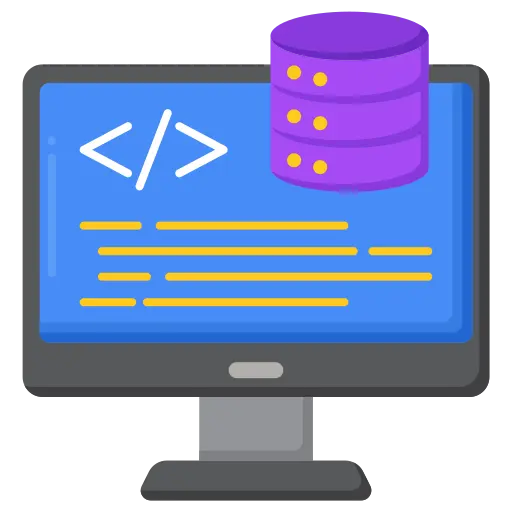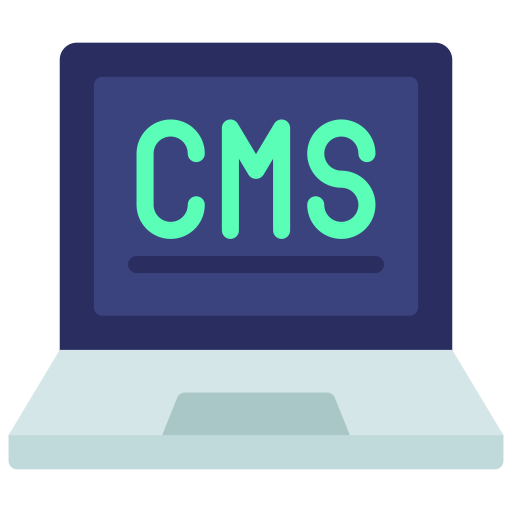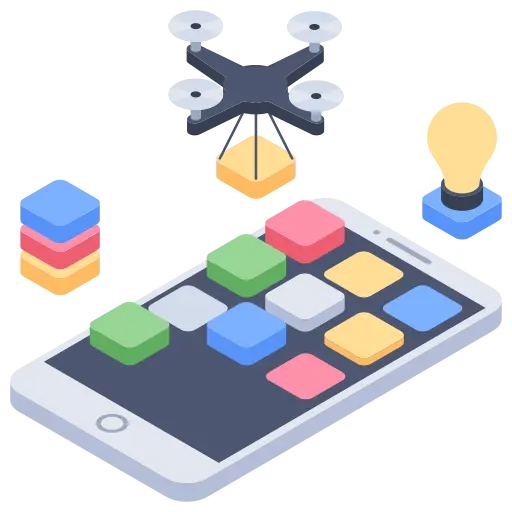Due to the current conditions of the world during the pandemic, digital innovation has stepped up its game. Online commerce has been spiking up in 2020, however, every business in almost all sectors is fighting for a place in the web ecosystem. Let’s look at the latest web development trends in 2025.
Besides the spiking competition, companies also need to stay updated with the dynamic user demands so that their website does not look outdated.
Below Are Some Of The 6 Web Development Trends That Are Going To Make A Mark In 2025
1. Single-page Apps
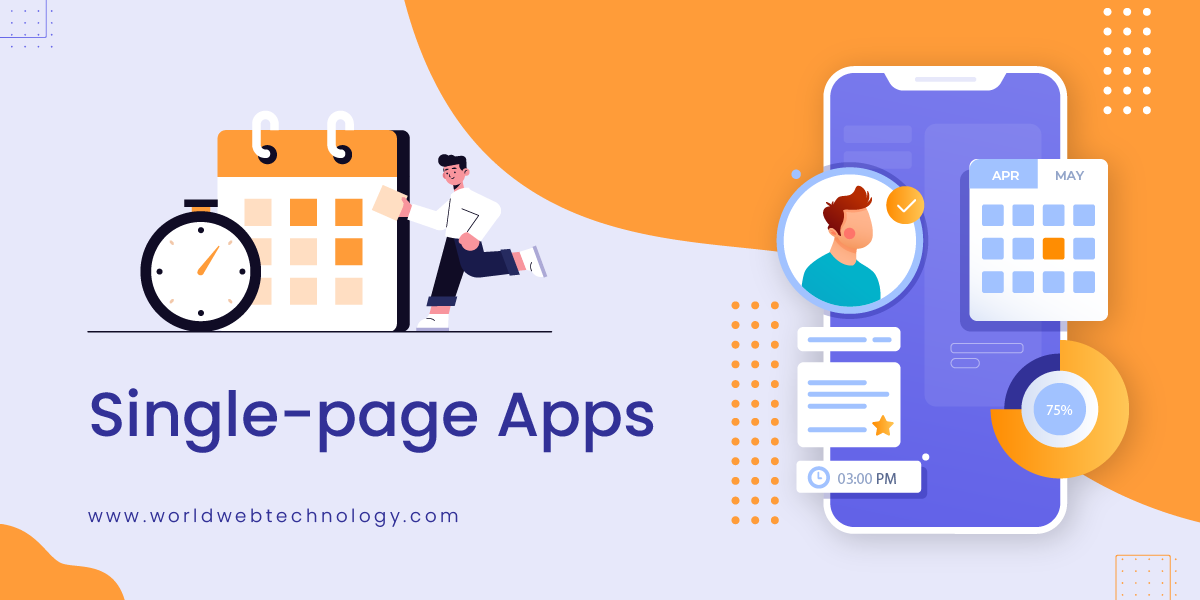
It becomes quite a problem when you click on one web page and another one is downloaded from the server. It is quite time-consuming and leaves a bad impression on the users too. This situation has got SPA trending.
SPA is one of the recent trends that contribute to avoiding large interactions with the server. It also offers a high level of data protection as well as enhanced page performance.
Hence, a single-page application can be defined as an app that functions inside a browser and does not need page reloading while it’s working. These apps are Google Maps, GitHub, Gmail, and Facebook.
2. Progressive Web Apps
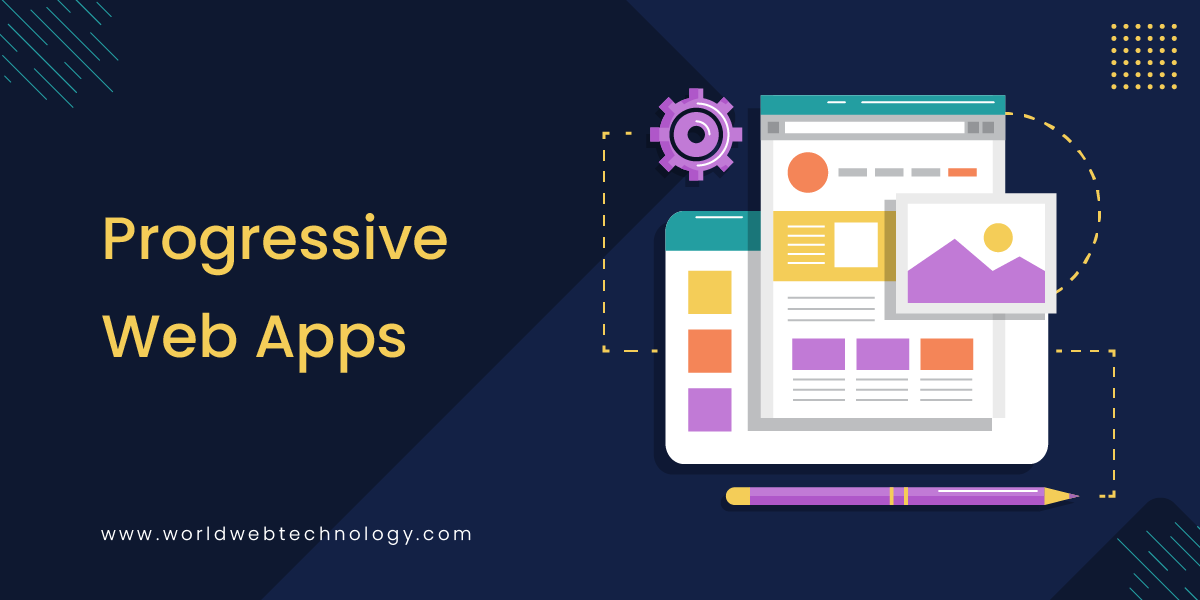
These apps have been around in the world of web development for quite some time. Recently it became popular when the high-end user-experience associated with them. It allows users to gain access to a website easily and quickly on a handset as it was on the PC. PWA mechanism in web development can be seen clearly due to the push provided by mobile technology.
One of the other features of PWA is that it allows access to some of the website features offline also saving permanent files in a browser cache. Hence, PWAs provide twice the advantage than what it offers normally namely accessibility without the internet for important features and mobile-first experience.
A must-read: Flutter vs React Native vs Progressive web apps – what to prefer?
3. Serverless Architecture
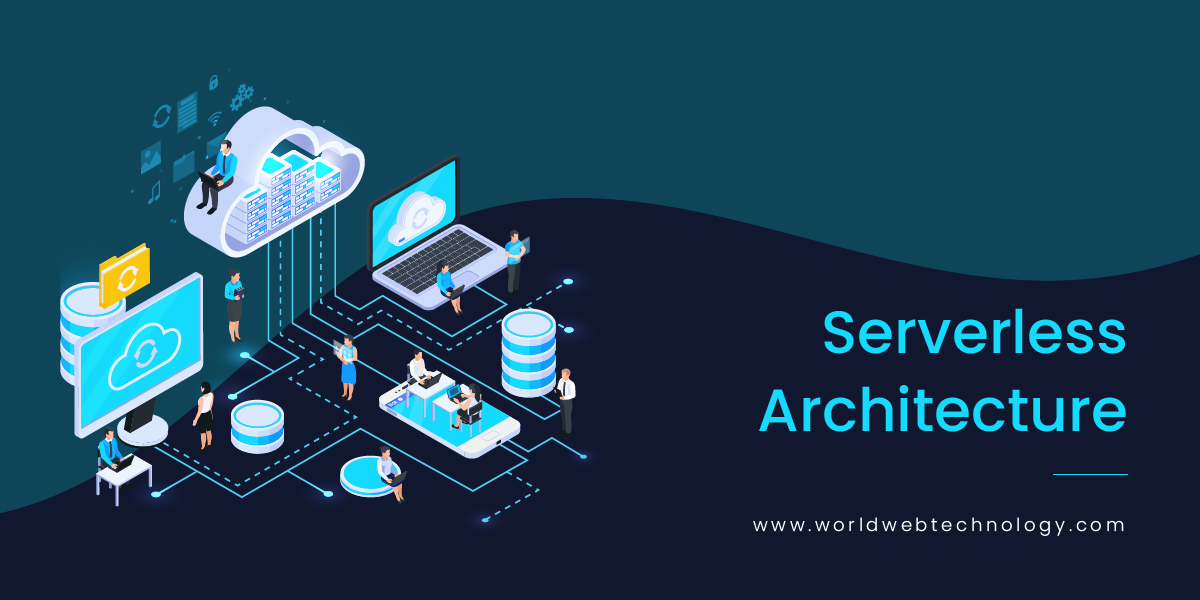
Serverless technologies are gaining popularity to improve site performance by tackling system overload, simplifying web development, and data loss. This is one of the 6 web development trends in 2025. Cloud computing is one such example that quickly executes simple yet time-consuming tasks such as object export, installing backup files, and notification delivery. Serverless architecture can change your thoughts about web development when it delivers some decent results at a lower cost.
4. Voice Commerce
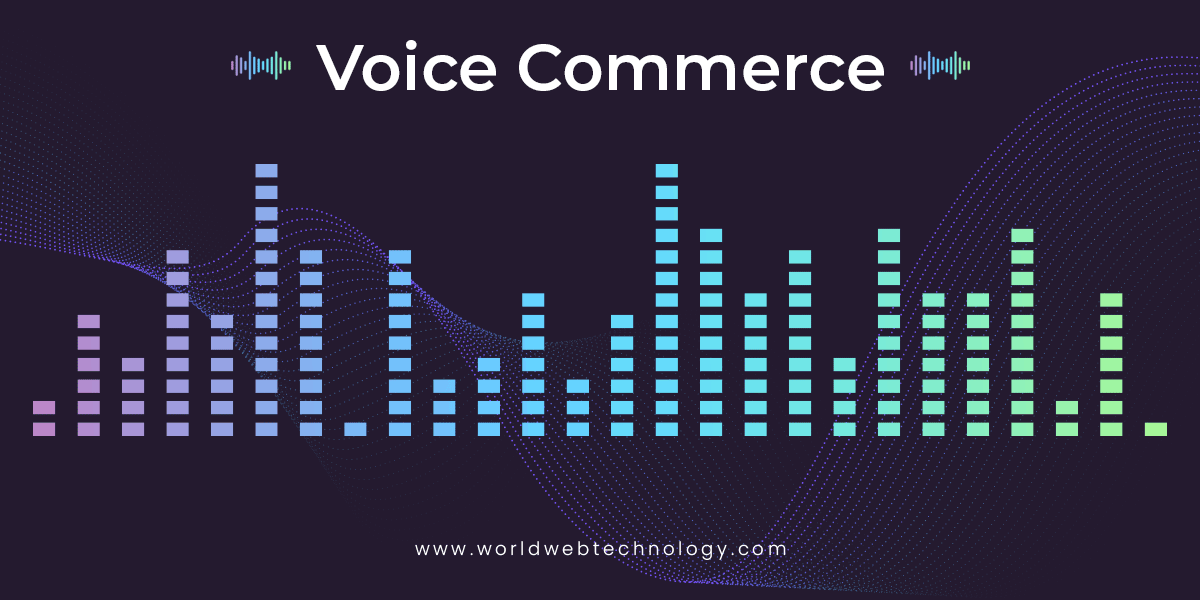
We can see the evolution of how we capture information today. These days people are obsessed with AI-driven assistants or chatbots responding to voice instructions. Hence, voice-based communications have increased because they are convenient and faster than typing problems in a search bar.
However, the voice-based interface is not yet accessible currently. This mechanism is still expected to roll out soon in society which could make a fine development of your web development strategy.
5. WebAssembly
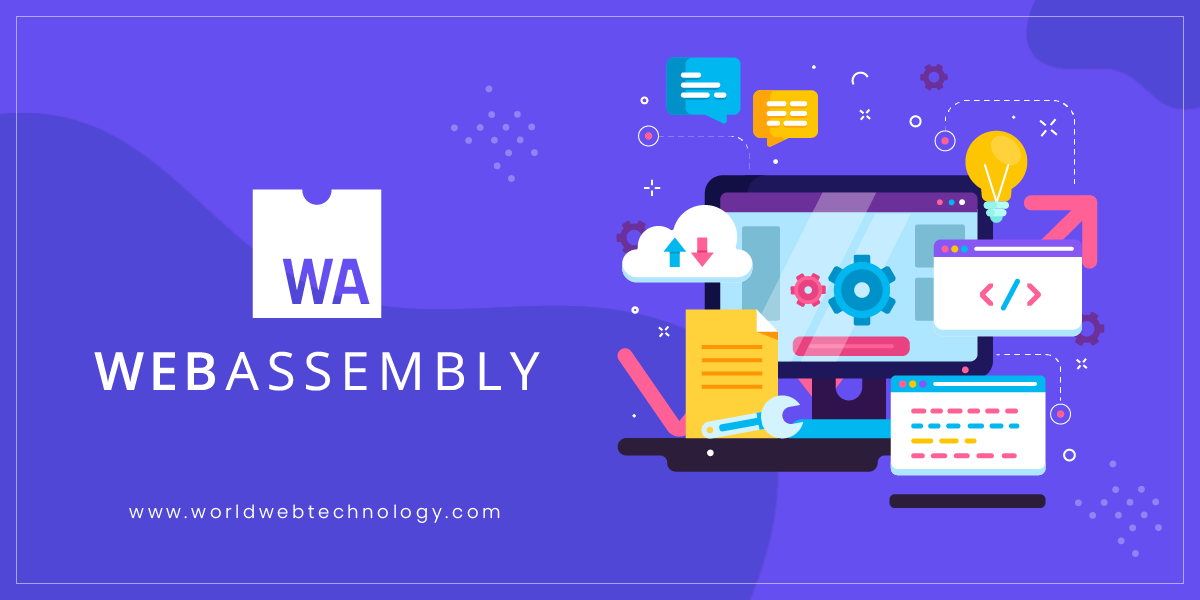
Statistics say that 47% of visitors expect a web page to load in 2 seconds, and 40% of individuals leave a web page if it takes more than 3 seconds to load. Aside from the bounce rate, your conversions are reduced by 7% if your site delays every 1 second in responding. This means lesser profits in the business in the long run.
In other words, a good-looking website cannot perform well enough if it is not high-performing. However, JavaScript restrictions often make the website slower which affects the user experience. This is also the reason WebAssembly is gaining popularity. It helps you to assemble the code into bytecode in any programming script that can run into a browser. This results in quicker load time, a smaller footprint, and compatibility in cross-browsing. These are the fundamental principles of the latest web development accomplished by WebAssembly.
A must-read: Hacks to improve the loading speed of your WordPress website
6. The RAIL Module

This concept was first introduced in 2015, however, it got into the news recently for two vital reasons which are faster loading time of web pages and improved site performance. RAIL stands for:
- Response – Each input gets an instant response, in 100 milliseconds.
- Animation – To complete each structure in 16 milliseconds where dragging and scrolling are the major components.
- Idle – This enhances working by loading only the required components on a page immediately. The remaining chunks can be loaded in the background afterward.
- Load – It is the primary page feature that is loaded initially to entice users and engage them on the site. These elements are the home screen and navigation bar. While loading the initial screen, the longest time is one second. Everything else gets done under milliseconds.
Synopsis
This proves that website development trends are ever-changing. However, the basis of every website is comprised of a high-quality user experience. That is something a web developer should always consider important. It is always great to hire a dedicated web developer or any Web Development company in India like World Web Technology to get the best out of these web development trends.
Most Popular Categories
Discover top categories on our blog, featuring WordPress, PHP, eCommerce, and Shopify insights and tutorials.
Featured Insights
Immerse yourself in our passion for sharing the latest industry news, cutting-edge technologies, and insightful articles. Explore the depths of knowledge with us.
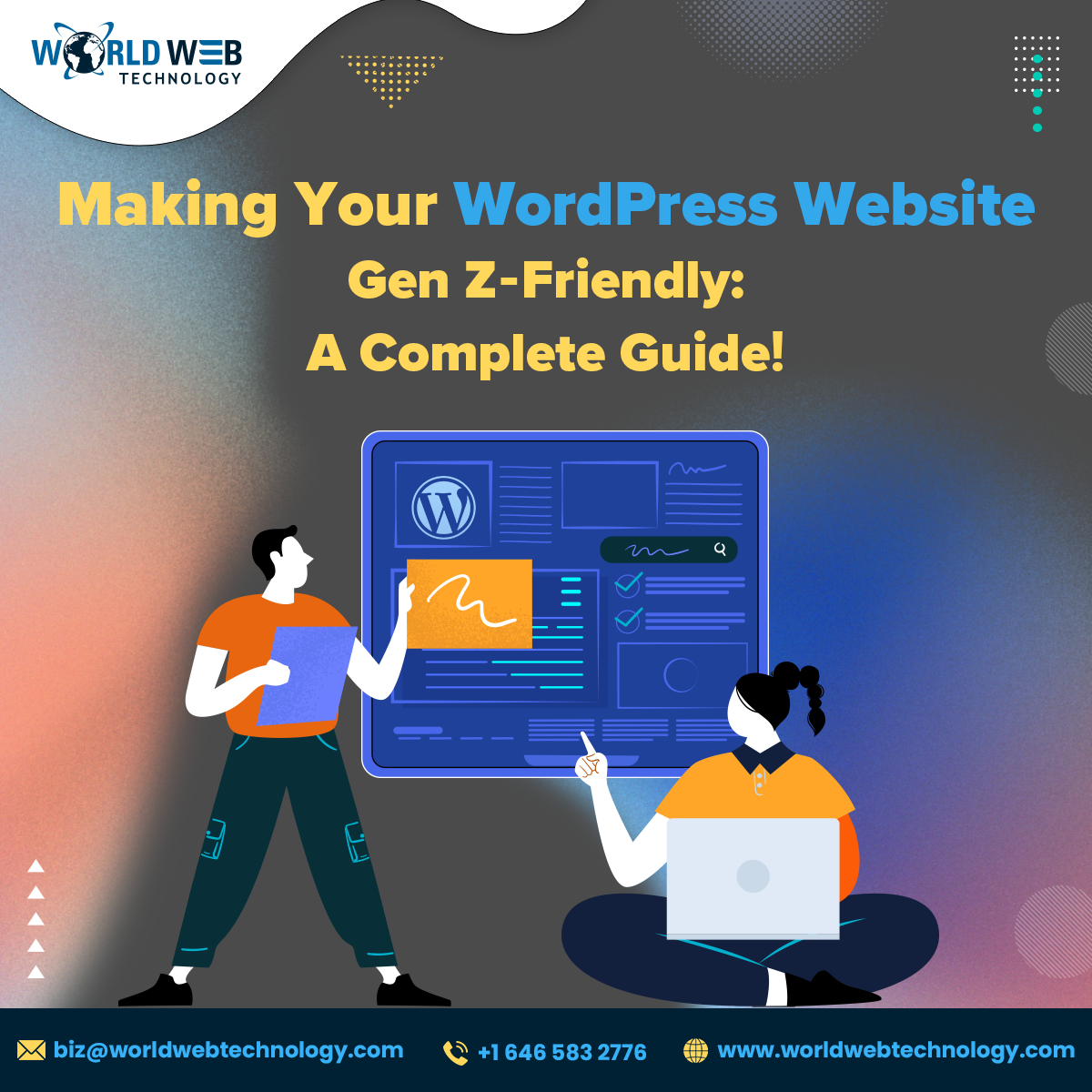
March 26, 2025
Making Your WordPress Website Gen Z-Friendly: A Complete Guide!

March 20, 2025



